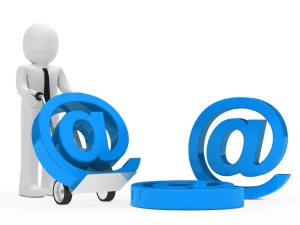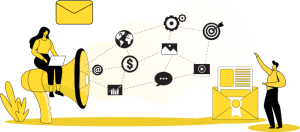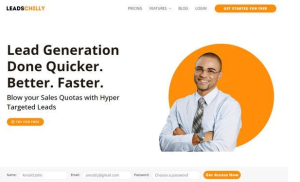Are you looking for reliable email extractor tools to help you reach out to prospects quickly and efficiently? LinkedIn is one of the most popular networking sites around, but extracting emails from it can be tedious and time consuming. With the right tools, however, this process becomes much easier. In this blog post, we’ll take..










